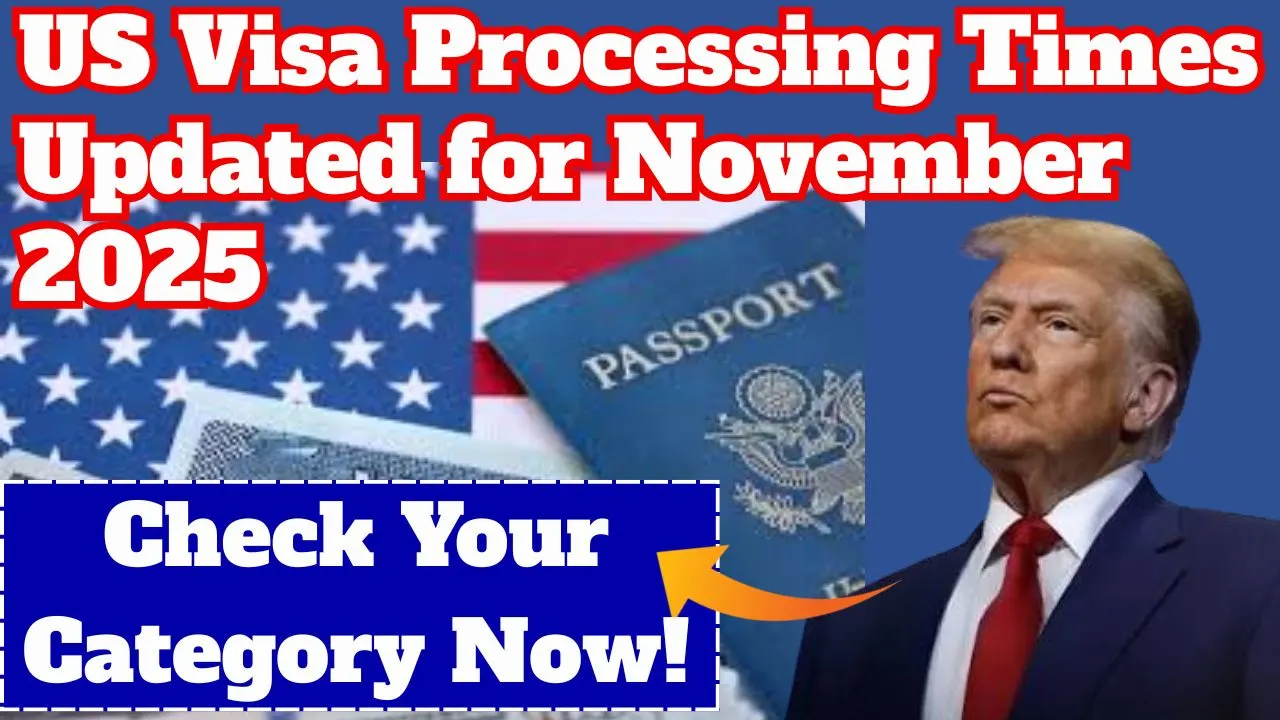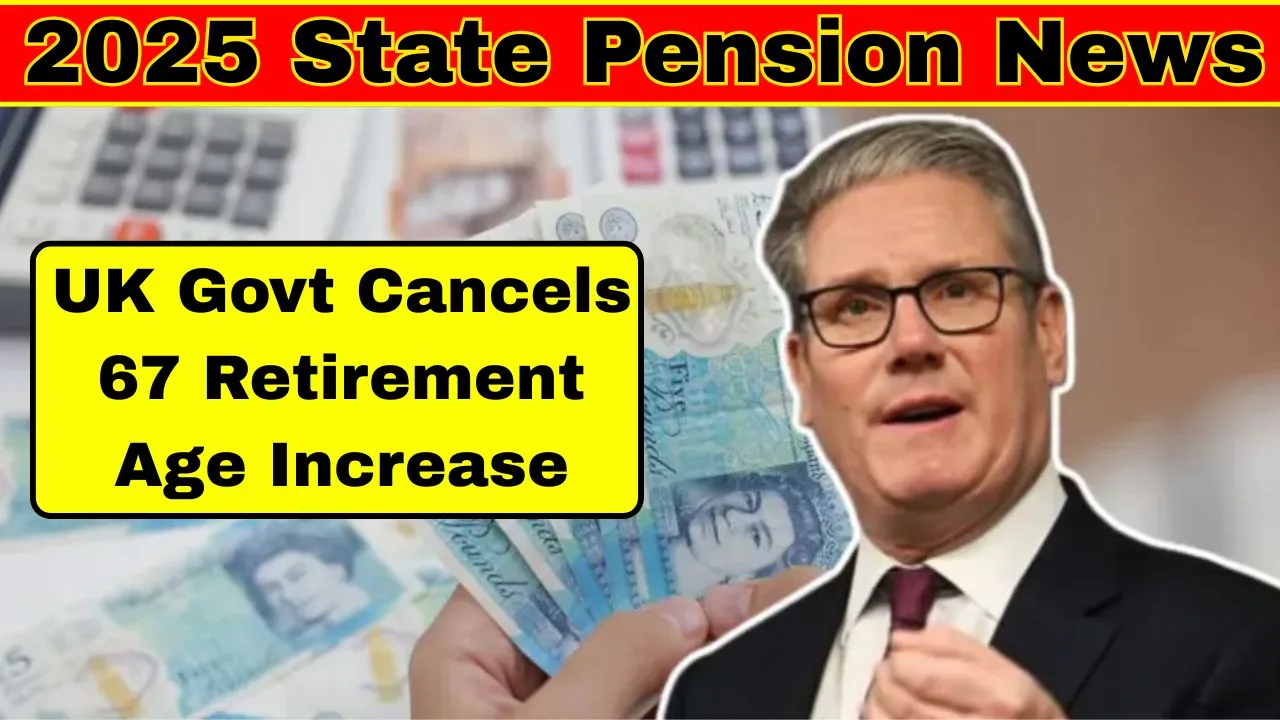Let’s be honest, US visa processing times are something no one enjoys dealing with. Whether you’re planning a quick visit, a work relocation, or a long-term move, knowing how long you’ll wait for approval is absolutely essential. As we step into November 2025, the timelines are shifting again, and that means one thing: you need the latest, clearest update to avoid frustration or missed plans.
In this blog, you’ll find out US visa processing times and exactly where the bottlenecks are happening, how long you may have to wait based on your visa category, and what smart steps you can take to stay ahead. This isn’t about general information, it’s a practical guide based on what’s happening right now.
US Visa Processing Times: What You Need to Know Now
When we talk about US visa processing times, we’re not just talking about a single step. The process includes several stages starting with USCIS petition approval, moving through the National Visa Center (NVC), and ending with an interview at your local U.S. embassy or consulate. Each of these phases has its own queue, and depending on your visa type, those wait times can vary drastically. For example, visitor visas often take longer for interviews than student visas, and some categories require extra security checks that can stretch processing even further. As of November 2025, one of the most important updates is the shift from using historical averages to showing next available appointments in 15- or 30-day windows. That means you now get a clearer view of how far out new applicants are being scheduled. Understanding these numbers can help you make smarter decisions like whether to apply now or wait, and whether your location could affect your case.
Overview Table
| Stage / Component | Estimate or Range (2025) | Notes & Caveats |
| USCIS Petition Processing | Varies by form I-130 ~14.5 months, I-129 ~3–4 months | Premium processing can shorten some cases |
| Interview Appointment Wait (Nonimmigrant) | A few months to over a year | Heavily depends on city/consulate |
| Next Available Appointment Metric | 15- or 30-day increments by consulates | Emphasizes future availability |
| Administrative / Security Processing | Often 2–8 weeks, sometimes longer | If flagged, extra review adds time |
| Interview Waiver / Dropbox Eligibility | More restricted now | In-person interviews required in many cases |
Why Processing Times Are Getting Longer
Several factors have pushed US visa processing times upward this year. The first is policy change: the U.S. government has narrowed eligibility for interview waivers, which means more people must appear in person. The second is a reporting shift where consulates now display the next available appointment rather than average wait times. Third, there’s the simple issue of backlog: pandemic-related delays, rising demand, and staffing issues at embassies are making it harder to keep up. This is especially true in high-volume countries like India, where some consulates are reporting B1/B2 wait times of over 9 months. Also, administrative processing (extra security checks) is becoming more common in certain categories, adding weeks or even months to the timeline. These changes mean applicants need to plan much further in advance than before. If your plans are time-sensitive, now is the time to act, not wait.
Wait Times by Country & City: India as a Snapshot
India provides a good example of how visa wait times can vary widely. Cities like Mumbai and New Delhi currently report interview wait times of 8 to 10 months for visitor visas. Meanwhile, Kolkata is showing shorter waits, sometimes as low as 6 months. Chennai and Hyderabad fall somewhere in the middle. This variation is due to differences in local staffing, demand, and application volume. It’s also important to note that wait times listed online may not always reflect real-time availability; slots can open or fill quickly. If you’re applying from India, checking different consulates and being flexible about your interview location can sometimes help. However, policies on cross-posting applications (applying outside your usual jurisdiction) may be limited, so it’s always best to verify with the consulate directly.
How to Check Your Own Processing Time
You can check your estimated processing time by visiting the official U.S. visa wait time tool. Just select your country and the consulate where you plan to apply, and the tool will show the current wait time for nonimmigrant visa interviews. For immigrant visas, the scheduling system is slightly different but still based on case creation and document review timelines. It’s smart to check regularly, especially if you’re waiting for an appointment, consulates sometimes release new slots unexpectedly. You can also follow local consulate websites and social media for updates or notifications on available dates. Another tip is to make sure your application and documents are complete and accurate before submitting. Missing information can delay your case significantly, especially during the NVC stage.
What You Can Do to Shorten Your Wait (or Manage It Better)
There are a few things you can do to help manage or even reduce your wait time. First, apply early. That might sound obvious, but too many people wait until the last minute and get stuck. Second, use premium processing if it’s available for your visa category it can shave weeks off certain steps. Third, double-check your documents before submission; missing paperwork causes most delays. Fourth, keep an eye on appointment calendars, cancellations happen and earlier slots can open up. Fifth, if you qualify for an emergency or expedited interview, don’t hesitate to request it through the proper channel. Finally, if your visa type often triggers administrative processing (like some work or student visas), be prepared for a potential delay after the interview.
What to Expect in November 2025 & Beyond
Heading into late 2025 and early 2026, it’s clear that US visa processing times will remain a challenge. Some consulates may continue operating at limited capacity due to staffing shortages or increased demand. The shift to next available appointment reporting helps transparency, but doesn’t change the fact that many people are still waiting months just for interviews. As policy continues to evolve, more categories could be added or removed from interview waiver eligibility. So what’s the smart move? Plan well ahead, check official channels often, and keep your paperwork in top shape. Visa processing isn’t fast but with preparation, it doesn’t have to be painful either.
FAQs
No, it only shows how soon you can get an interview. Total time includes petition review and any post-interview processing.
Not all, but the rules have tightened. Many who previously qualified for interview waivers now must attend in person.
Yes, most consulates allow emergency appointment requests under specific conditions like medical or academic emergencies.
In many cases, yes. Some consulates prioritize student and work visa applicants during high-demand periods.
Sometimes, but not always. Cross-country or third-party applications aren’t always accepted depending on consulate policy.







